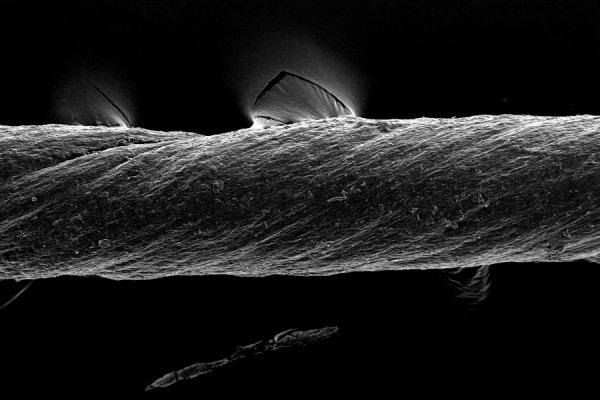Inspired by sutures developed thousands of years ago, MIT engineers have designed “smart” sutures that can not only hold tissue in place, but also detect inflammation and release drugs.
The new sutures are derived from animal tissue, similar to the “catgut” sutures first used by the ancient Romans. In a modern twist, the MIT team coated the sutures with hydrogels that can be embedded with sensors, drugs, or even cells that release therapeutic molecules.
“What we have is a suture that is bioderived and modified with a hydrogel coating capable of being a reservoir for sensors for inflammation, or for drugs such as monoclonal antibodies to treat inflammation. Remarkably, the coating also has the capacity to retain cells that are viable for a prolonged period,” says Giovanni Traverso, an associate professor of mechanical engineering at MIT, a gastroenterologist at Brigham and Women’s Hospital, and the senior author of the study.
The researchers envision that these sutures could help patients with Crohn’s disease heal after surgery to remove part of the intestine. The sutures could also be adapted for use to heal wounds or surgical incisions elsewhere in the body, the researchers say.
Read more at Massachusetts Institute of Technology
Image: MIT engineers have designed tissue-derived “smart” sutures, pictured here, that can not only hold tissue in place, but also detect inflammation and release drugs. The sutures are coated with hydrogels that can be embedded with sensors, drugs, or cells that release therapeutic molecules. (Credits:Image: Courtesy of the researchers)


